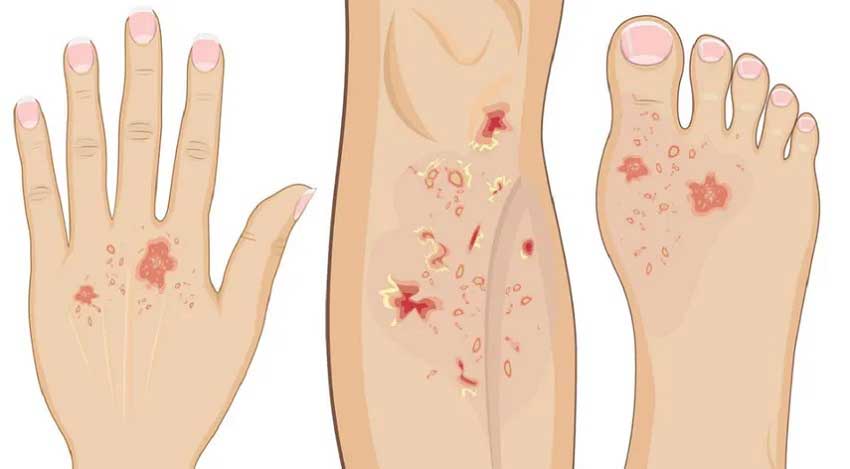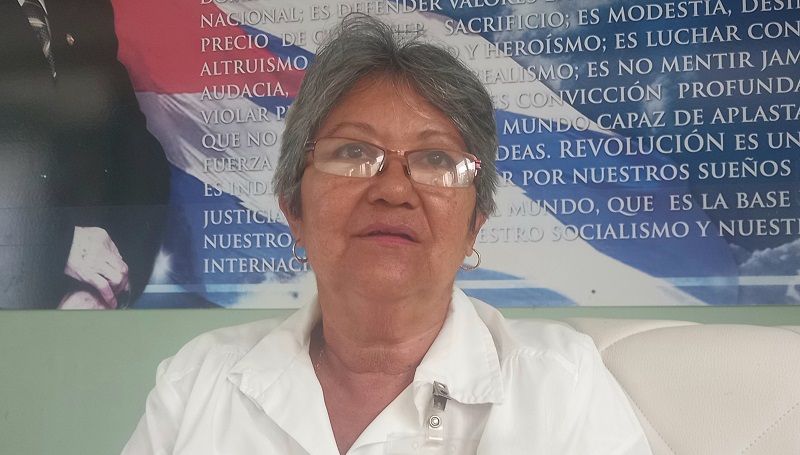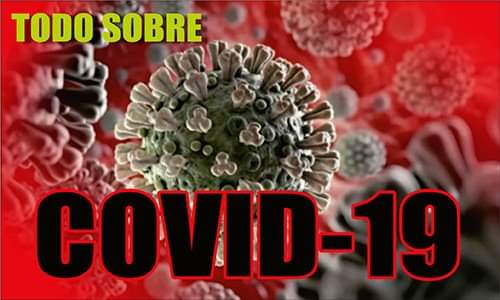
Yoel played volleyball every afternoon under the harsh and defiant sun. His tanned skin did not understand rashes or burns. One afternoon, after practice, he felt a little bug bite him as it crawled down his spine, but at some point, he stopped feeling its burning path even though it left several welts.
He came home worried and his mother warned him of several dark spots on his lower back. By chance, they both discovered that the athlete had no feeling in precisely those areas. "What a strange thing to say," they repeated to each other with laughter, but neither one of them turned on their alerts.
A year later, at his girlfriend's insistence, his lessons were diagnosed with leprosy. The entire family underwent prophylactic treatment and hid the news from neighbors and relatives as if they were still living in the centuries of obscurantism.
FACING THE MYTHS
Martha Cabrales León, head of the Leprosy Program in the province, shared with the press the desire to promote the effective impact of this knowledge in the communities, to eradicate stigmas and myths that bring shame to families and prevent them from faster and more timely treatment.

"In Las Tunas we have diagnosed leprosy in the municipalities of Jobabo, Colombia, and Amancio, and in the last five years there are records in the child population, which ratifies active transmission of the disease," said Cabrales León.
For those who are more confident, she explained that it is considered the disease that causes the most disabilities after polio, although it is avoidable if detected in time.
The doctor emphasized that when it is detected, treatment is assured in every corner of the territory as part of a donation from the World Health Organization.
In the province, after the detection of a case, focus control is carried out for the surveillance of people close to the main risk groups. Genetic susceptibility to acquiring the disease has been proven among families with many cases.
FICTION OR REALITY?
Leprosy, also known as Hansen's bacillus, is a chronic infectious disease that mainly affects the skin and peripheral nervous system. Although it has been eradicated in much of the world, cases are still reported in some regions.
The master in infectious diseases pointed out that the initial symptoms are usually white or brownish skin patches. Transmission is through the respiratory route and prolonged, sustained contact with an infected and untreated person. Other symptoms may include reduced sensation of touch, tingling, numbness, weakness in hands and feet, joint pain, and disfiguring skin sores.
It is caused by two species of bacteria: Mycobacterium leprae and Mycobacterium lepromatosis. They are mainly transmitted through respiratory droplets released by coughing or sneezing. It can also be spread by direct contact with the ulcers of those affected. However, there is no evidence of transmission through sexual contact.
"In the province, we are maintaining a control program for leprosy outbreaks in places where the disease has been present, such as the southern municipalities of Jobabo, Colombia, and Amancio. We ask the population to go to the doctor to receive an assessment by a dermatology specialist when symptoms appear," reiterated Dr. Marta.
Treatment is administered free of charge at the family doctor's office, as it can take from nine months to 20 years after exposure to the disease until it is acquired, and an average of five years to incubate.
Since 1993, leprosy has ceased to be a health problem with a prevalence of one per 10,000 population. The Norwegian scientist Gerhard Armauer Hansen discovered it in 1873. Early detection and appropriate treatment are essential to prevent the spread of the disease and minimize its debilitating effects.





